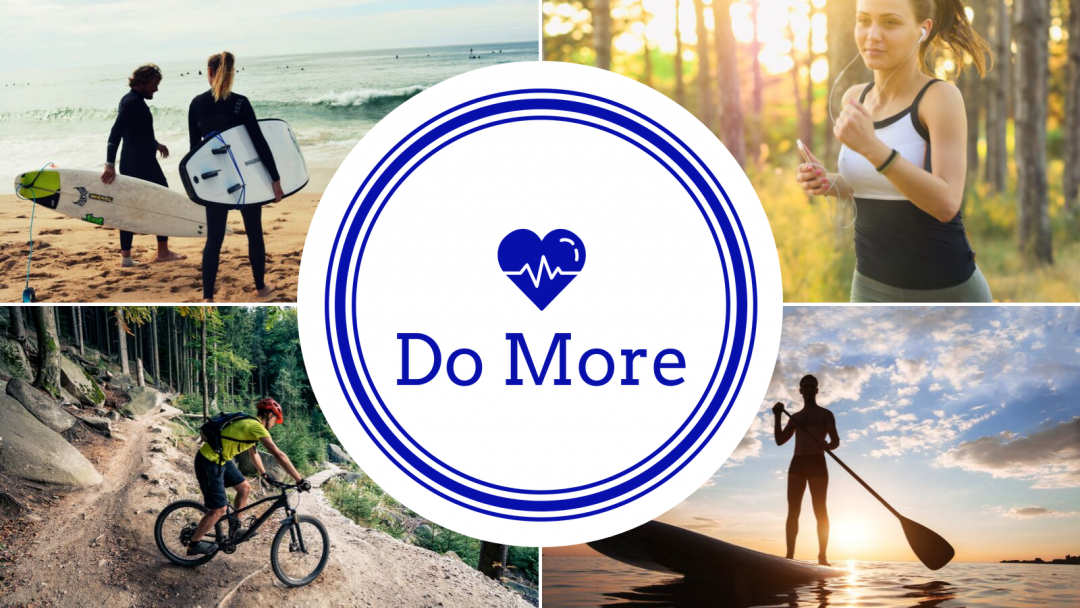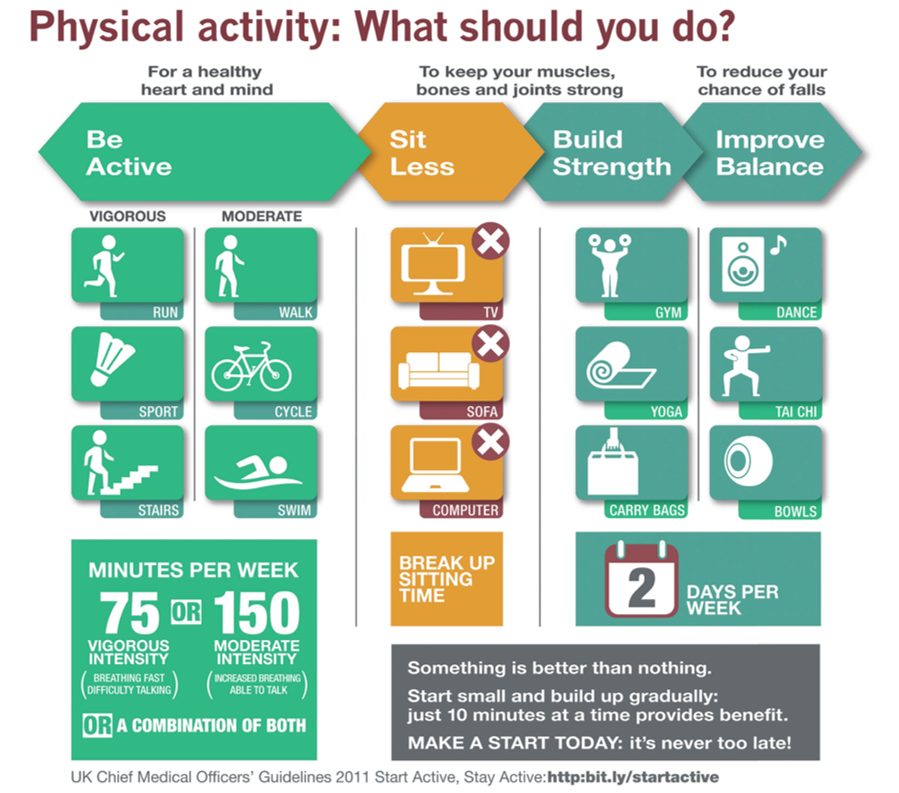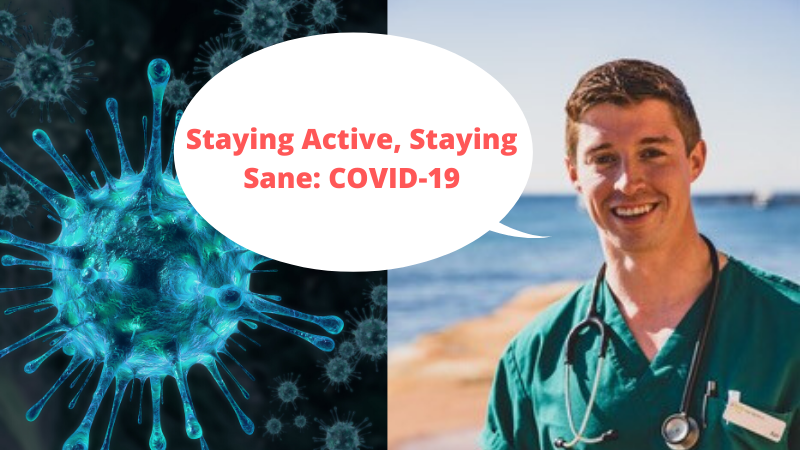Returning to Exercise After COVID-19
So, you’ve fallen victim to the infamous COVID-19 and tested positive on PCR or Rapid Antigen Testing (RAT)? The question now is how you go about returning to normality after you’ve been isolating and eating your feelings for at least the last 7 days. In this article we’ll discuss what symptoms you might encounter as you recover, how to get moving again and what should prompt you to slow down or see your doctor.
Testing Positive
Advice on COVID-19 testing and isolation changes every other day so it’s best to check on https://health.gov.au/health-alerts/covid-19 for up-to-date information.1
At the time of writing this, it’s advised that we isolate and test if we experience any cold or flu symptoms or if you’re a close contact. If you have symptoms, please be sensible and don’t attend a pharmacy or shop to collect RATs – go directly to a testing centre or have a friend throw one through your window from a great distance.
If you tested positive, whether it’s via a PCR or RAT, you must isolate at home for 7 days*.
When is it time to see a doctor though?
If you are:
- Under 65 years of age
- Have had at least two doses of COVID-19 vaccinations
- Do not suffer from any chronic health conditions
- Are not pregnant
You can safely manage COVID-19 at home2
If you develop severe symptoms including:
- Shortness of breath at rest
- Severe dizziness
- Chest pressure/pain lasting more than 10 minutes
- Blue lips
Call Triple Zero (000)
*In NSW ‘critical workers may be permitted to leave self-isolation to attend work’…which is a blessing and a curse.
The after-effects of COVID-19
The main health concerns from the COVID-19 pandemic include myocarditis (inflammation of the heart muscle), pulmonary embolism (obstruction of lung vessels from a clot) and mental illnesses such as anxiety, post-traumatic stress disorder and depression. Although these are of concern, with mild symptoms from COVID-19 the risk of these is thought to be low3
The most frequent symptoms of COVID-19 are cough, loss of smell or taste, shortness of breath, fatigue, and confusion.4
‘Post-acute’ or longer-term symptoms remain common with 40% of sufferers experiencing persistent cough and change in smell at two to three weeks. Breathlessness, fatigue, and muscle aches were also commonly persistent. Identifying symptoms and their expected duration with so many variables (vaccination status, health conditions, age, fitness etc) is naturally pretty challenging.
Note: Worsening or not-resolving symptoms should prompt a review with your GP for them to consider complications
Getting active again
As with all advice, the challenge is often tailoring it to the individual. The take home message will be go steady and take a graded approach to exercise, no matter what your fitness level. My personal advice is one of expectation management: don’t expect a quick recovery even if your symptoms were mild and short-lived.
I attempted a gentle run 3 days after resolution of my symptoms and found myself struggling to keep up with the ‘slow run’ my Garmin watch had set for me. My average heartrate, exertion and breathlessness was significantly higher compared with prior to falling ill. Do as I say, not as I do…
If your illness required a hospital admission or your symptoms were cardiac (e.g. chest pain, palpitations severe breathlessness or collapse) or psychological (e.g. post-traumatic stress disorder, severe anxiety or depression) returning to exercise should involve guidance from a medical professional. Otherwise, physical activity is advised only after 7 days of being asymptomatic.
A BMJ article3 published in January 2021 gives a step-by-step approach based on a perceived level of exertion from no exertion (oddly given a score of 6) to maximal exertion (given a score of 20). The programme, designed mostly for patients who have lost fitness or had a prolonged period of inactivity, advises a minimum of 5 weeks from stretching, balance and walking exercises to a return to baseline exercise. With most vaccinated people without chronic health conditions, we expect a short period of symptoms so this would be overly cautious.
Local strength & conditioning coach Matt Williamson from Central Coast Strength & Conditioning gives his members returning from COVID this advice: “Remember there are 52 weeks in a year, taking one to get healthy and an additional one to ease back into your training will barely make a dent to your overall progress.”
Essentially, the guidance is that if you suffered only mild symptoms, once asymptomatic for 7 days you can continue with a ‘phased return to physical activity’. That is, starting gradually and building up slowly until you’re back…insert Terminator meme.
When to slow down or seek medical advice
If you’ve increased your level of physical activity and find symptoms returning (likely fatigue or breathlessness), first drop back to a lower intensity for a week before re-attempting to progress. A clear plan can help to stay objective when you’re battling the ups and downs of returning to exercise. It may be that you’re progressing too quickly, or you need to reduce the progression increment.
Signs of over-training may present at a much lower level of intensity or training volume. It’s worth knowing what to look for:
- Depression
- Fatigue
- Loss of motivation
- Insomnia
- Irritability
- Restlessness
- Loss of appetite
- Lack of concentration
- Anxiety
Importantly, if you develop severe symptoms including:
- Shortness of breath at rest
- Severe dizziness
- Chest pressure/pain lasting more than 10 minutes
- Unable to stand
- Blue lips
Call Triple Zero (000) and make sure to mention you have tested positive for COVID-19.
Disclaimer
The information and opinions expressed in this article are my own and not the advice of a local health district or governing body. Information has been collected from reputable sources at the time of writing. Always seek the guidance of your doctor with any questions regarding your own health or a medical condition.
By Dr Ash Bowden
For more information on keeping active visit https://do-more.live
References/Acknowledgements
1 https://health.gov.au/health-alerts/covid-19
2 https://health.nsw.gov.au/infectious/factsheets/pages/advice-for-confirmed.aspx
3 David Vishnubala; Peter LeFeuvre; Thomas Beaney; Jonathan Korgaonkar; Azeem Majeed; Alison H McGregor; “Returning to physical activity after covid-19” BMJ 2021; 372:m4721
4 “Living Evidence – post acute sequelae of covid-19” (https://aci.health.nsw.gov.au/covid-19/critical-intelligence-unit/post-acute-sequelae)
5 Tenforde, M., et al; “Symptom duration and risk factors for delayed return to usual health among outpatients with covid-19 in a multistate health care systems network – united states, March-June 2020” MMWR Morb Mortal Wkly Rep. 2020 Jul 31; 69(30): 993-998







